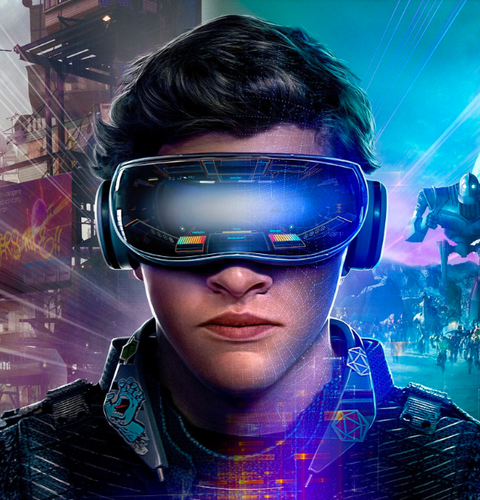In a world where technology continually pushes boundaries, the gaming industry is at the forefront of innovation. One such innovation that has been rapidly evolving is immersive technology. Immersive technology refers to tech that blurs the line between the physical world and the digital or simulated world, thereby creating a sense of immersion. It encompasses a range of experiences - from augmented reality (AR), which overlays digital elements onto the real world, to virtual reality (VR), which fully immerses users into a digital environment, and even mixed reality (MR), a blend of the two. The use of haptic feedback is another key component, providing tactile responses to further enhance the sense of immersion.
Immersive Tech in Today's Games
The gaming world has embraced immersive tech, with a multitude of games across different platforms leveraging these technologies to deliver richer experiences to players. Pokémon GO is a prime example of how AR can be used to create engaging gaming experiences, overlaying digital Pokémon onto the real world. On the VR front, games like Beat Saber and Half-Life: Alyx have captivated gamers with their fully immersive environments. MR, while still in its infancy, has been explored in games like Minecraft Earth, blending digital and physical elements for a unique gaming experience. Haptic feedback, such as the technology used in the PlayStation 5's DualSense controller, is adding another layer of immersion, allowing players to 'feel' in-game actions like never before.
The Benefits and Challenges of Immersive Tech in Gaming
Immersive tech has the potential to enhance player engagement and provide more complex and fulfilling gaming experiences. It offers new ways to play and interact, bringing game worlds to life and stimulating more senses than traditional gaming. However, it's not without its challenges. High-quality VR, in particular, can be expensive, limiting its accessibility. Additionally, there can be physical constraints, such as needing sufficient space to play VR games safely. There are also potential health issues, like motion sickness in VR or eye strain from prolonged AR use.
Immersive Tech and the Future of Game Design
The rise of immersive tech is reshaping the future of game design. Game developers are no longer just creating visually appealing landscapes; they're now crafting fully interactive worlds that engage more of a player's senses. This adds a new dimension to game design, challenging designers to think about how players can interact with the game environment in more physically engaging ways. As a result, we're seeing an increasing number of games designed with immersive tech in mind from the ground up, rather than as an afterthought.
Potential Future Developments in Immersive Tech
As technology continues to evolve, the potential future developments in immersive tech are exciting. One prediction is the expansion of haptic technology beyond controllers into more wearable devices, like haptic suits. These could allow players to feel more sensations, such as temperature changes or impacts, enhancing immersion even further. Similarly, advancements in AR and MR could lead to glasses or lenses that offer high-quality, immersive gaming experiences without the need for bulky headsets. And as AI continues to improve, we could see more intelligent and reactive game worlds that adapt to the player in real-time, making every gaming experience truly unique.
In conclusion, the world of immersive tech in gaming is advancing rapidly, promising to transform the way we play games and experience virtual worlds. While challenges remain, the potential of this technology is enormous and is set to redefine the boundaries of gaming in the years to come.










